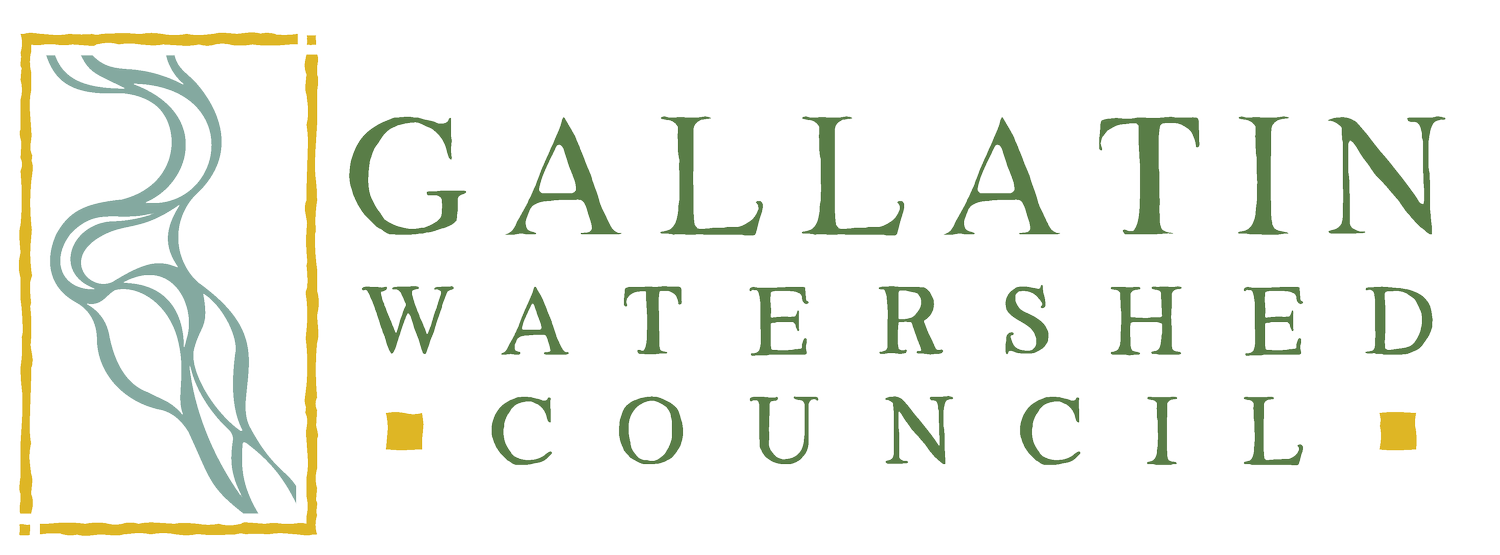Watershed Wednesday: Rain Gardens & Non-Point Source Pollution
Last Friday, the Gallatin Watershed Council partnered with Highline Adventures to install a rain garden onsite at their Baymont by Wyndham hotel. A serpentine river channel was designed, sod removed, shrubs were planted, and rocks shoveled to complete the project that will reduce nonpoint source pollution!
Highline Adventures is a business that implements sustainable tourism practices. They own several hotels, campgrounds and vacation rentals around Bozeman and the country. Building a rain garden aligned with their environmental values as an organization and we are so thankful for their partnership and excitement towards stewardship!
This project was facilitated by the successful awarding of the Montana Association of Conservation Districts (MACD) Water Quality Education and Outreach Mini-Grant to GWC. Mini-grants help fund local education and outreach efforts that address nonpoint source water quality issues. Funding for these mini-grants is made available through the Montana Department of Environmental Quality’s federally funded 319 program.
Big Sky Watershed Corps Member Tess Parker and Stewardship Manager Brooke Helstrom smiling by the completed rain garden.
Part of the grant was to build a rain garden in order to reduce nonpoint source pollution and to educate both visitors and residents through signage on the hotel property. Building a rain garden helps filter pollutants from lawns, roofs, or parking areas. The best area to locate a rain garden is to build one adjacent to an area where water naturally flows, such as a gutter downspout or a low area next to a parking lot.
GWC consulted the City of Bozeman Stormwater Division to determine where the best location would be on the property. A grassy swale was chosen due to the natural flow of water that drains into the area due to the gradient of the site. Additionally, it is located next to the hotel parking lot and there are several gutters that drain into the area. The City of Bozeman provides publicly accessible GIS mapping layers that illustrate the direction of where stormwater will runoff.
Plants were selected from the City of Bozeman Drought Tolerant Shrubs Guide and through input provided by Cashman Nursery. Some of these plants are native and drought tolerant which provide additional benefits in terms of resiliency, reducing runoff, and groundwater recharge.
The area where the Baymont is located is highly urbanized and includes impaired segments on Bozeman Creek, Bridger Creek, Mandeville Creek, and the East Gallatin River. Impairments include total nitrogen, nitrate and nitrite, total phosphorus, E. coli, and sediment. The rain garden will contribute to watershed health by reducing stormwater runoff, using less water than sod, filtering out pollutants, and providing food and shelter for pollinators. There will be educational signage informing residents and visitors about the benefits of rain gardens. Additionally, HRDC residents will eventually be provided with opportunities to maintain the rain garden.
Stay tuned for what the other portion of the MACD grant will bring! Thank you to Highline Adventures, the City of Bozeman Stormwater Division, Cashman Nursery, and volunteers for making this happen!






